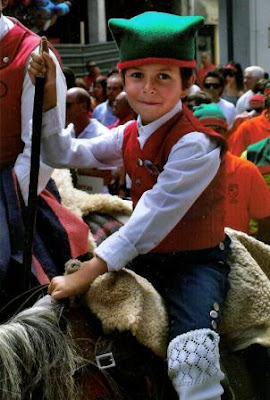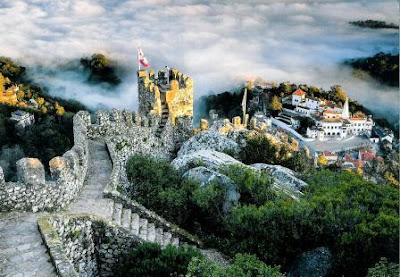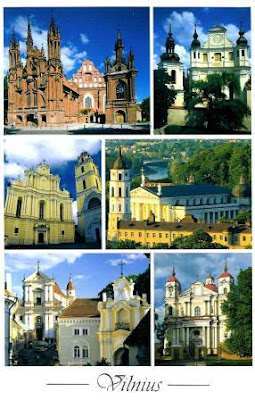In August I also got nice cards from this RR. These came from Lithuania, Czech Republic, Indonesia and Ireland.
Fotos: K. Driskius, R. Paknys, L. Jankauskas
Exactly one month ago (already one month) I was flying to Vilnius. These are some of the many churches in Vilnius, I visited three of these.
These are: St. Anne and the Bernardines Churches; St. Michael's Church; St. John's Church; the Cathedral; St. Theresa Church and Gates of the Basilian Monastery and St. Peter and St. Paul´s Church.
The card was sent by Ausra.
© Foto: Zd. Hartinger
Radana sent me this card of the beautiful Byzantine Chapel of St. Cyril and St. Methodius in Radhošť mountain. The building was consecrated in 1898.
Photo © Heritage Collection
The Great Mosque of Sultan Riau is part of the Penyengat Island Palace complex.
The complex is an interesting blend of Javanese and Dutch architecture, still imbued with an air of dignity, even though it has been abandoned for more than 80 years. Here are tombs and crypts, and a restored fort.
The pride of the island is the Sultan’s Mosque, the Mesjid Raya Sultan Riau Penyengat. Peeping through the palm trees like a fairy tale castle, it is still in use today. Rumour has it that a large part of the mosque was made of eggs, gifts from the Sultan’s loyal subjects on the occasion of his wedding. The egg-white proved to be a strong bonding agent. The mosque has excellent acoustics and even a whisper can carry right across the auditorium. Here is also the beautifully preserved handwritten and illustrated Quran of over 150 years old. - in: http://www.indonesia-tourism.com/forum/showthread.php?1340-The-Great-Mosque-of-Sultan-Riau-Pulau-Penyengat
The card was sent by Jennifer.
Photography reproduced from original artistic work © Liam Blake
In this RR I've received another card from John and like in the July's RR, this card was also from my favorites.
This is a view of the Blasket Islands from Dunquin, Dingle Peninsula, Co. Kerry.
Dunquin or Dún Chaoin is a traditionally Irish speaking Gaeltacht village on the most south westerly tip of the Dingle Peninsula, in the south-west of Ireland. It comprises eleven townlands on the mainland and the Blasket Islands three miles offshore and it is often referred to as "the next parish to America"
Dún Chaoin is renowned for its scenery and its surviving Gaelic culture. The spectacular views of the Blasket islands, the rugged cliffs which make up the coastline, the picturesque, narrow, winding pathway leading to the pier and the splendid sunsets are featured in many calendars, postcards and tourist brochures each year. - in: http://www.dingle-peninsula.ie/dunquin.html





















































